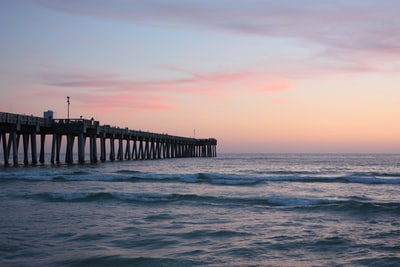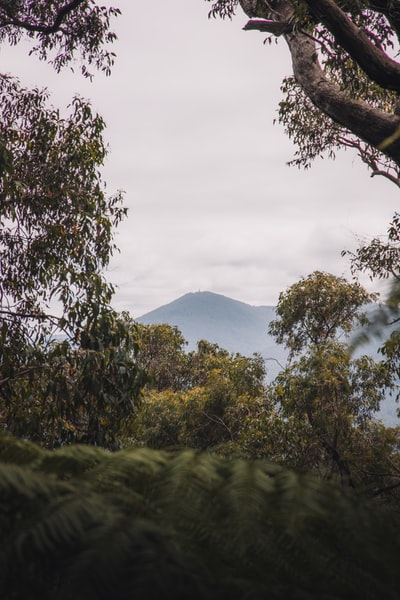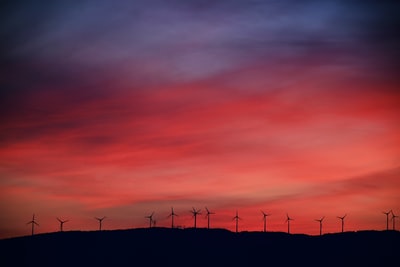Waves are made of vibrations which transfer energy from one place to another.
- Some waves need to travel through a medium while others don’t.
- With transverse waves the oscillations (another terms for vibrations) are at right angles to the direction of travel and energy transfer.
- With longitudinal waves the oscillations move in the same direction as the direction of travel and energy transfer.
- The pattern formed by longitudinal waves includes areas of rarefaction and compression.
- The maximum disturbance of a wave is known as its amplitude.
- The wavelength is the distance between two waves.
- The frequency of a wave is how many waves are produced each second from a source or that pass a particular point each second.
v = f x ?
- Refraction is when sound or light waves travel from one medium to another and changes direction.
- Diffraction is when a wave meets a gap within a barrier then it travels through but spreads out a little into a region beyond the gap.
- When a wave, like sound or light, reflects from a surface it obeys the law of reflection which states: the angle of incidence equals the angle of reflection.
- A smooth surface is able to create a strong echo when hit by sound waves and act like a mirror when hit by light waves.
- A rough surface will scatter sound and light waves in all directions.
- The image produced in a reflection is virtual, upright and laterally inverted.
- Sound waves are longitudinal and need to travel through a medium.
- The greater the amplitude the louder the sound.
- The greater the frequency the higher the pitch.
- The range in which wavelengths occur are represented on the electromagnetic spectrum.
- Radio waves are what people use to transmit radio and television programmes.
- Diffraction means that radio waves are able to travel past obstructions like hills.
- Very low frequency waves are also reflected from the ionosphere.
Microwave transmitters and receivers, which are located on masts and various buildings, are able to communicate with mobile telephones but only within their range.
- Microwave radiation travelling at particular wavelengths are able to travel out of the Earth’s atmosphere and are used to communicate with satellites orbiting in space.
- Visible light is a very useful way of communicating through, for example, literature, photography or video.
- It’s not possible for humans to see infra red radiation but it can be felt as heat energy.
- Scientific evidence suggests that the universe is currently expanding.
- It’s thought that the universe began as one very small point then, about 13.7 billion years ago, this point suddenly enlarged rapidly in a hot explosion or a ‘big bang’.
- The Doppler effect is where there’s a change in both frequency and wavelength.
- It’s been discovered that the further away a star is from Earth the larger the red-shift in its light so we can conclude that everything in the universe is moving away from everything else.
- Cosmic microwave background radiation (CMBR) is thought to be energy left after the Big Bang.
 Waves are made of vibrations which transfer energy from one place to another.
Waves are made of vibrations which transfer energy from one place to another. v = f x ?
v = f x ? Microwave transmitters and receivers, which are located on masts and various buildings, are able to communicate with mobile telephones but only within their range.
Microwave transmitters and receivers, which are located on masts and various buildings, are able to communicate with mobile telephones but only within their range.